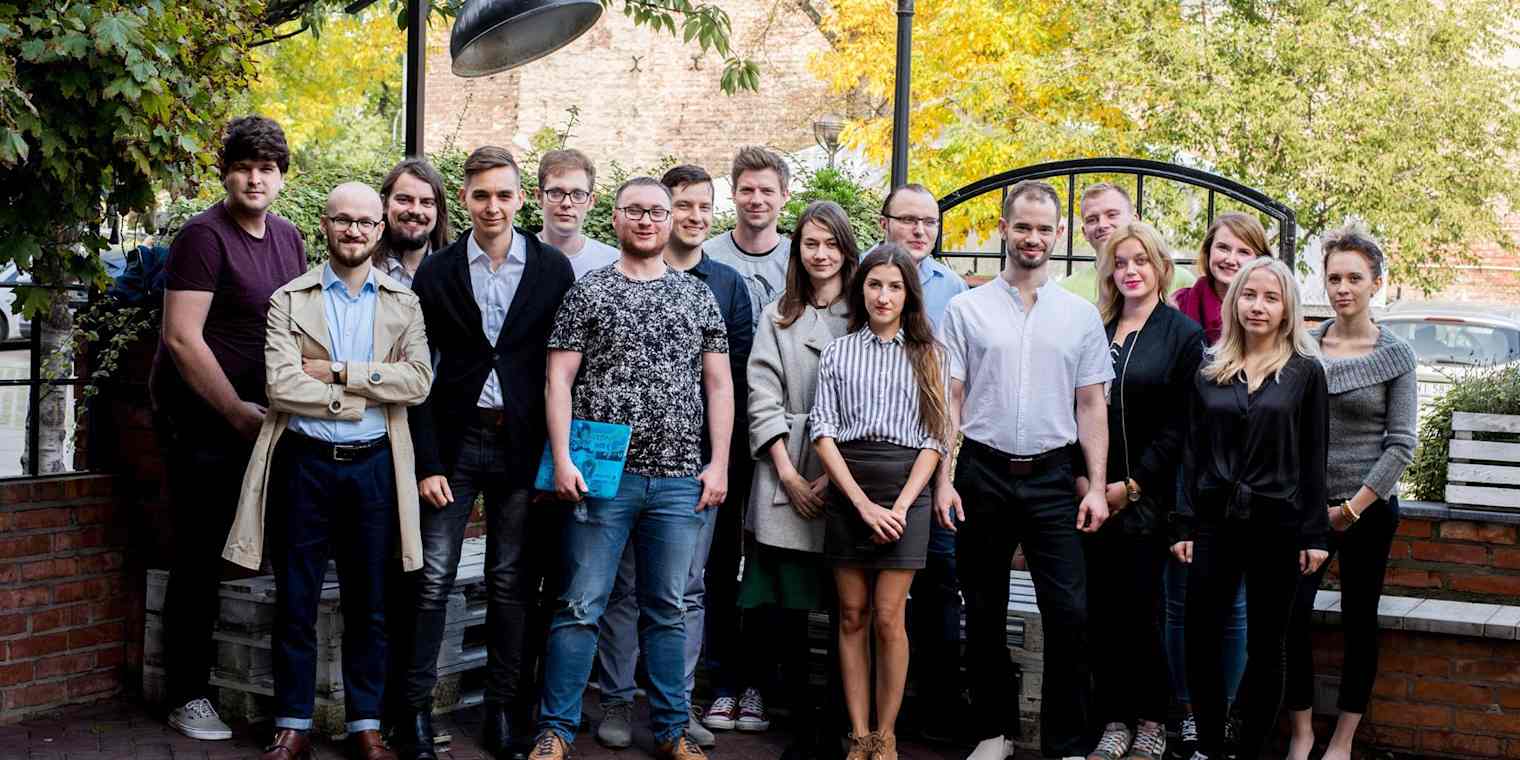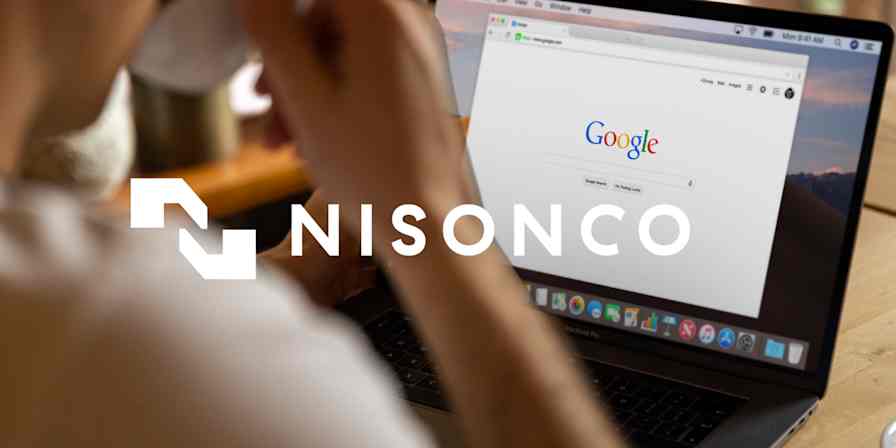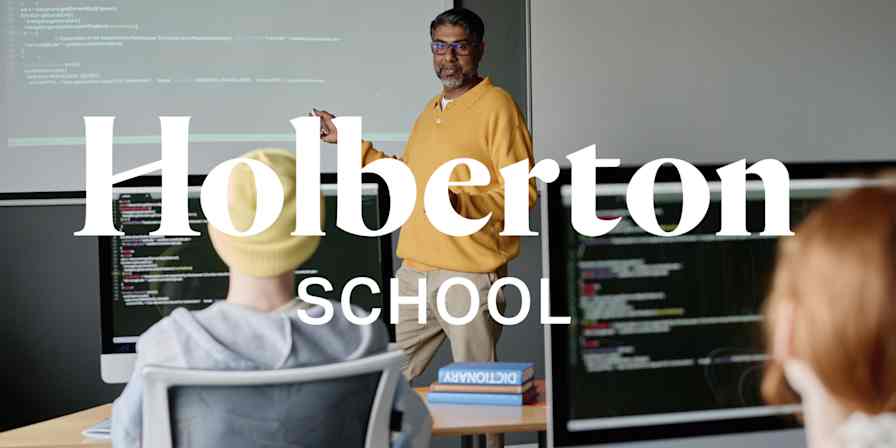Customer stories
7 min readHow this tech consulting company improved their productivity: Tips, tricks, and tools
By Tom Potanski · November 25, 2020

Get productivity tips delivered straight to your inbox
We’ll email you 1-3 times per week—and never share your information.
Related articles
Improve your productivity automatically. Use Zapier to get your apps working together.








